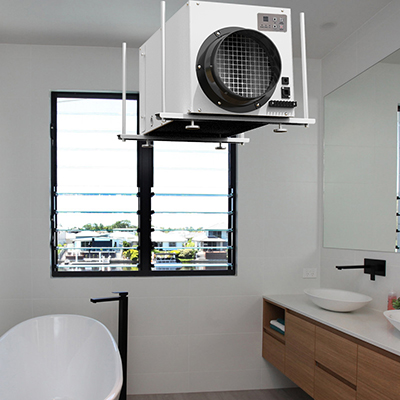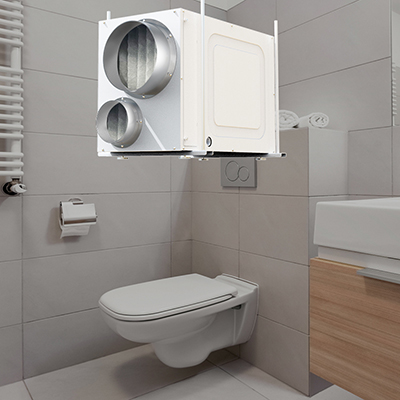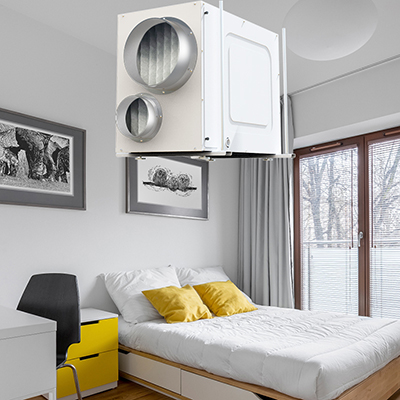As temperatures get colder, many homeowners may have noticed condensation forming on their windows. Condensation occurs when the temperature drops for a long time. If left untreated, condensation can cause mold to form around windows, which can lead to health problems.
Many people notice condensation on their windows. The Loop study is an app that analyzes smart meter data and shows you simple ways to use less energy, it talks about easy ways to prevent condensation and how using a dehumidifier helps the actual cost of removing condensate.
Dr. Steve Buckley, head of data processing at Loop, explained: “As the temperature drops, many of us notice that condensation starts to form on our windows.
“Condensation can be a huge problem in the winter and many of us find our windows soaked to the skin every morning. If left unchecked, excess moisture can lead to other problems such as mold, mildew, and musty smells.
“While home dehumidifiers are effective at fighting condensation, they can add to your energy bills. A 483W dehumidifier can cost nearly £20 a month or £240 a year if used four hours a day.
"The good news is that there are other ways to reduce condensation that won't affect your energy bills. It's usually about improving ventilation and reducing condensation. In the long term, it's better to treat the cause than treat the symptoms."
Tips to help prevent condensation from forming on windows during the colder months
Experts recommend drying clothes outside if possible, and if that's not possible, drying them indoors with windows ajar.
This will "prevent moisture from building up elsewhere on your property" which can lead to other problems such as mold and dampness.
Don't miss simple "newspaper" life hacks "Smothering" garden weeds without chemicals "Most effective combinations" for removing grease and dirt from the oven. "Leave no germs" Effective steps to clean toilets quickly.
Closing the bathroom and kitchen doors during use will limit the spread of moisture throughout the home.
Use an exhaust fan to remove moisture while cooking or showering. Also, keep the pot covered while cooking, as this will limit the moisture from escaping the pot.
For those who don't have an exhaust fan, it might be worth considering installing one over the stove or in the bathroom.
Make sure there is enough space around furniture such as sofas and freestanding cabinets for air to circulate.
This is especially important when facing (colder) exterior walls, which are more likely to suffer from interior condensation.
Consider improving ventilation and glazing in the long term - double or triple glazing with vents is less likely to suffer from condensation.
Dr. Buckley recommends using a desiccant such as a silicone desiccant for a short time to eliminate condensation.
He added: “It is worth considering that this is expensive, and reusable ones need to be “recharged”, that is, dried.
“So if you can't do it elsewhere, you just release the water back into your property.
“If you still choose to use a whole house dehumidifier or other electronic devices (like an extractor) to deal with condensation, you can track the amount of power they are using with a free third-party app like Loop. The app helps you unlock your smart meter data. and help you track and understand your energy consumption.”
Post time: Oct-06-2022




